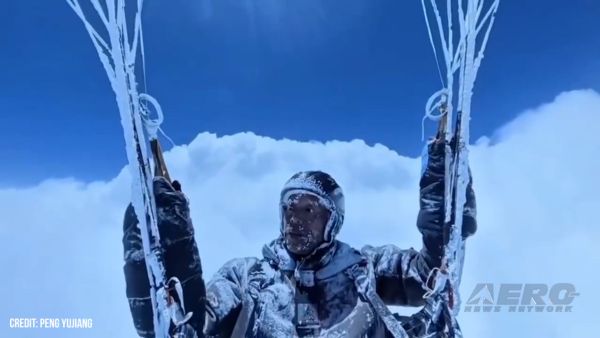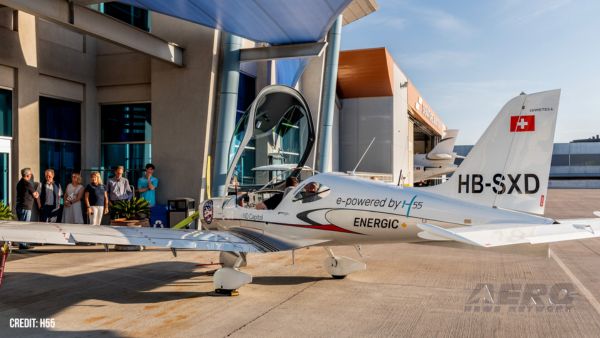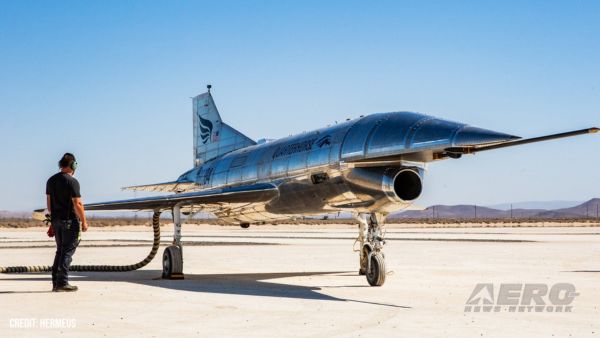Says It Is Impossible To Comply With Standards That Do Not
Exist
 The Commercial Spaceflight
Federation on Thursday released a statement responding to the
Aerospace Safety Advisory Panel's 2009 annual report.
The Commercial Spaceflight
Federation on Thursday released a statement responding to the
Aerospace Safety Advisory Panel's 2009 annual report.
The Commercial Spaceflight Federation says it agrees with the
Aerospace Safety Advisory Panel (ASAP) on its recognition of the
importance of commercial spaceflight both for cargo and crew
missions, the Commercial Spaceflight Federation disagrees with
certain other conclusions and finds some of the assertions in the
ASAP's Annual Report to be incorrect.
The Commercial Spaceflight Federation also commends the ASAP on
their finding in the ASAP 2009 Annual Report that commercial
spaceflight "is emerging as one of the critical programs for NASA"
and that "if there is a widening gap, COTS could play a key role
and could be a critical program for flight safety of the
astronauts."
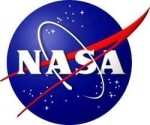 The Commercial Spaceflight
Federation says it agrees with the ASAP that NASA must "quickly
establish fundamental safety requirements for…programs that
may in the future be used to get NASA's astronauts to Low Earth
Orbit (LEO)" and agrees with the ASAP's direction to NASA that
"considerable work must be done," and that NASA should "accelerate
the level of effort underway." To aid this process, the
commercial space industry stands ready to begin working now with
NASA to agree on a commercial human-rating plan, including the
appropriate standards, requirements for vehicles to meet those
standards, and the mechanism by which compliance with those
standards will be validated, and industry has established a
Commercial Orbital Spaceflight Safety Working Group to engage with
NASA and FAA.
The Commercial Spaceflight
Federation says it agrees with the ASAP that NASA must "quickly
establish fundamental safety requirements for…programs that
may in the future be used to get NASA's astronauts to Low Earth
Orbit (LEO)" and agrees with the ASAP's direction to NASA that
"considerable work must be done," and that NASA should "accelerate
the level of effort underway." To aid this process, the
commercial space industry stands ready to begin working now with
NASA to agree on a commercial human-rating plan, including the
appropriate standards, requirements for vehicles to meet those
standards, and the mechanism by which compliance with those
standards will be validated, and industry has established a
Commercial Orbital Spaceflight Safety Working Group to engage with
NASA and FAA.
But since the ASAP points out that NASA has not yet developed
standards and processes for human-rating commercial vehicles, the
Commercial Spaceflight Federation disagrees with ASAP's implication
that safety will be compromised because "no COTS manufacturer is
currently HRR qualified," because, quite simply, it is impossible
for companies to meet standards that do not currently exist.
Until such time as commercial human-rating standards are
determined, industry continues to develop vehicle hardware based on
the only standards available: those NASA established for its own
vehicles, known as NPR 8705.2B. As no commercial provider has
yet been tasked by NASA to begin working through a NASA
human-rating process, for the ASAP to state that "no COTS
manufacturer is currently HRR qualified" is akin to saying that
someone didn't pass his driver's test when he's still waiting in
line at the DMV and hasn't even been given the exam yet.
"The ASAP's repeated references to the two "COTS firms" ignores the
fact that many companies, including both established firms and new
entrants, will compete in the Commercial Crew Program envisioned by
the Augustine Committee," CSF says in the statement. "While
the Falcon 9 and Taurus II vehicles have already met numerous
hardware milestones and will have a substantial track record by the
time any astronauts are placed onboard, several other potential
Commercial Crew providers envision use of launch vehicles such as
the Atlas V, vehicles that are already entrusted by the government
to launch multi-billion dollar national security payloads upon
which the lives of our troops overseas depend."
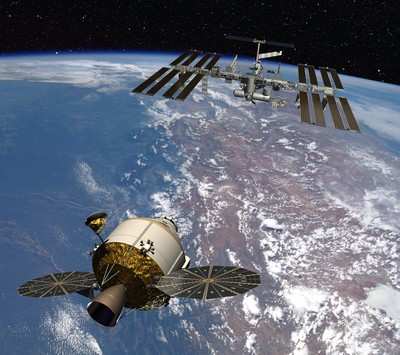
Orion Crew Module Approaches ISS Artists
Concept
Despite the ASAP Report's contention
that commercial vehicles are "nothing more than unsubstantiated
claims," the demonstrated track records of commercial vehicles and
numerous upcoming manifested cargo flights ensure that no astronaut
will fly on a commercial vehicle that lacks a long, proven track
record. The Atlas V, for example, has a record of 19
consecutive successful launches and the Atlas family of rockets has
had over 90 consecutive successes, and dozens of flights of the
Atlas, Taurus, and Falcon vehicles are scheduled to occur before
2014 in addition to successful flights already
completed.
The Commercial Spaceflight Federation says it also disagrees with
the ASAP's characterization of a Commercial Crew Program as an
"alternative" to Ares I, because these two systems fulfill very
different missions - Commercial Crew is not an alternative to
systems designed to travel beyond Low Earth Orbit (LEO).
Commercial Crew is akin to developing a Gemini spacecraft for low
Earth orbit, rather than an Apollo spacecraft for reaching the
Moon. The Orion exploration vehicle, for example, must
reenter the atmosphere at one-and-a-half times orbital velocity,
encountering nearly double the heat loads that a LEO-only
spacecraft would encounter. Because it serves a simpler
mission, any vehicle that is designed simply to service the Space
Station and other LEO destinations will be more cost-effective
without sacrificing safety.
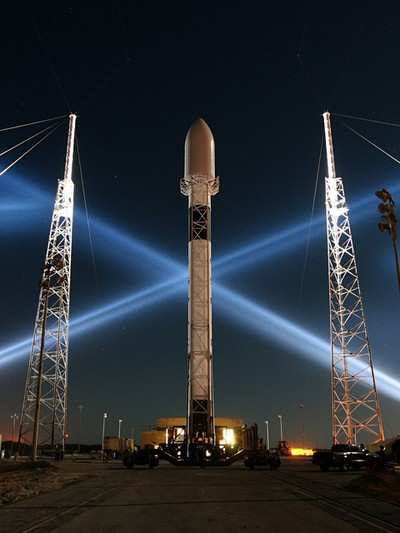
Falcon 9 Launch System
The CSF says the ASAP mischaracterized
how safety was treated by The Review of U.S. Human Space Flight
Plans Committee (also known as the "Augustine Committee").
The ASAP's 2009 Annual Report perpetuates the unfortunate
misconception that Augustine Committee inappropriately assumed
safety to be a "given" (here the ASAP appears to be misquoting the
Augustine Committee's statement that safety was treated as "sine
qua non" - in fact, "sine qua non" is universally defined as
"something absolutely indispensable or essential"). As Norm
Augustine stated in a Congressional hearing, safety was "the number
one issue for us [the Committee] to consider." The Augustine
Committee, whose 10 members have cumulatively amassed 293 years of
space industry experience, spent an extensive amount of time on
safety issues and determined that "the Committee… would not
suggest that a commercial service be provided for transportation of
NASA crew if NASA could not be convinced that it was substantially
safe." In contrast, the ASAP stated it has "not yet had the
opportunity to evaluate any of these [commercial] concepts with
regard to inherent safety issues."
 NTSB Prelim: Lee Aviation LLC JA30 SuperStol
NTSB Prelim: Lee Aviation LLC JA30 SuperStol Classic Aero-TV: Curtiss Jenny Build Wows AirVenture Crowds
Classic Aero-TV: Curtiss Jenny Build Wows AirVenture Crowds ANN's Daily Aero-Term (05.30.25): Very High Frequency (VHF)
ANN's Daily Aero-Term (05.30.25): Very High Frequency (VHF) Aero-News: Quote of the Day (05.30.25)
Aero-News: Quote of the Day (05.30.25) Classic Aero-TV: Quest Kodiak Enhances Migration Monitoring Programs
Classic Aero-TV: Quest Kodiak Enhances Migration Monitoring Programs




